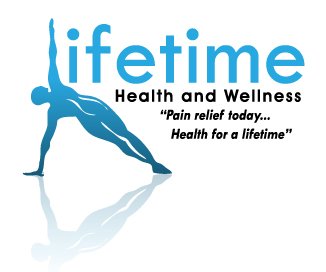We can all agree that motor vehicle accidents (MVA’s) are scary and you are often left with a mile long to-do list to get yourself back on the road soon after. We realize that it is important to get yourself back on the road soon after but we also want you to think about how incredibly important it is to pay attention to your own body’s needs following a MVA. According to Yale University, it only takes 8.2 mph to cause lasting damage to your musculoskeletal system following a motor vehicle accident, in everyday terms… a fender bender with little to no damage to your vehicle could cause lasting damage to your body! A chiropractic visit to Lifetime Health and Wellness should be at the very top of your to-do list following an MVA for this very reason, more specifically within the first 72 hours following an MVA.
WHAT ARE THE 3 MOST IMPORTANT REASONS TO SEE A CHIROPRACTOR FOLLOWING AN MVA?
1. Whiplash is not always obvious: While broken bones and bruises are easy to spot, whiplash is not always apparent in the immediate aftermath of an accident. If you are involved in an accident, your adrenaline levels will spike, which could disguise symptoms of pain and inflammation until your body calms down. It may take a few days for obvious whiplash symptoms like neck pain/stiffness, headaches, blurred vision, and dizziness to occur. Dr Schening and Dr Moore use techniques such as spinal adjustment and special exercises to control damage, minimize pain, and reduce swelling. By seeing this specialist immediately after an accident, you can avoid weeks of pain and discomfort and start the recovery process right away.
2. Acute Injuries lead to Chronic Injuries if not treated: Ignoring the pain associated with a car accident could lead to long-term damage. Symptoms of whiplash can continue for years if you do not seek treatment, and this chronic condition can lead to emotional anguish to match the physical pain. Another example is if you suffer a minor injury to a joint or bone, you could cause substantial damage in another accident such as a trip and fall incident because your body is in a weakened state already. This weakened state can also lead to early degeneration, especially in weight-bearing joints such as ankles, knees, hips, and the many joints within the spinal column. Seeking chiropractic treatment immediately after a car accident can boost your chances of a full and speedy recovery.
3. Proof for an insurance claim: Although filing a claim is most likely one of the last things you will be thinking about in the immediate aftermath of a car accident, the reality is you may find yourself making one in the short weeks after. Unfortunately, the longer you wait to receive a diagnosis and treatment for your injuries, the harder it is to prove that the injuries stem from the motor vehicle accident. If you visit a chiropractor for treatment relating to the injuries sustained in your accident, it is easier to link those injuries to the incident in the claim.
Seeing a chiropractor within 72 hours following a motor vehicle accident is incredibly important for diagnosing and treating possible musculoskeletal injuries such as whiplash. Chiropractors are trained and educated in diagnosing these acute injuries and can offer relief of pain and symptoms in addition to saving their patients lots of pain and discomfort in the future. Chiropractic care is also beneficial for proving injury by diagnosis and treatment early after the car accident occurs which can help with future insurance claims. Remember, just because your car is not seriously damaged does not mean your body is not injured, it only takes 8 mph to cause damage to your body!




